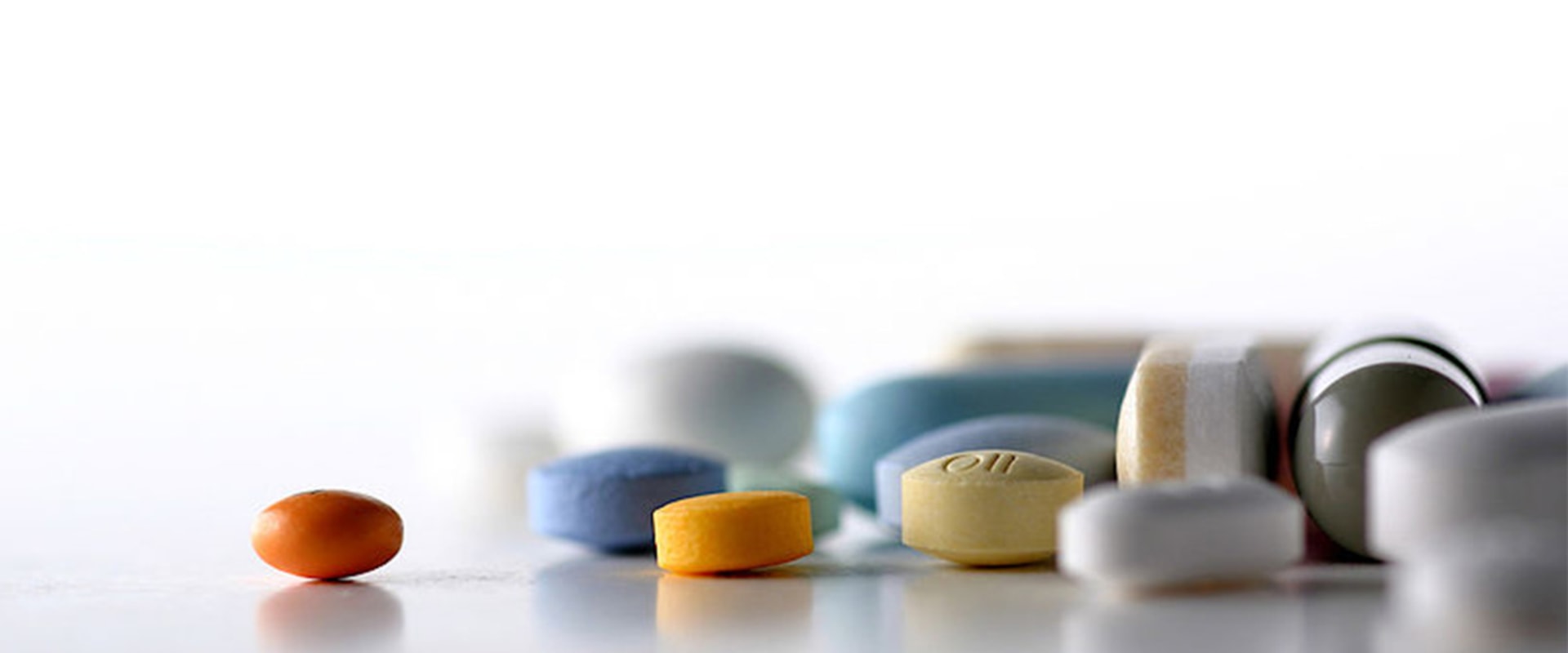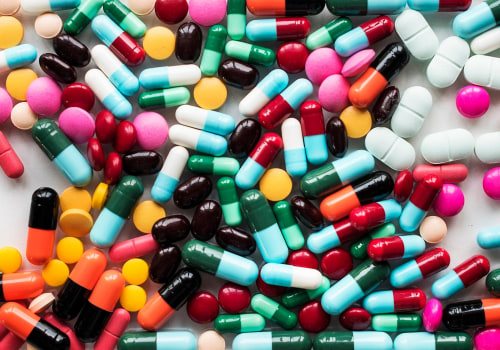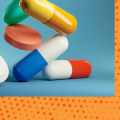Overview and forecasts on trending topics Industry and market insights and forecasts Key figures and rankings for companies and products Insights and preferences of consumers and brands in various industries Detailed information on political and social issues All key figures for countries and regions All what you need to know about consumer goods Identify the market potential of the digital future Information about the world's most important technology markets Information about the world's most important health markets Figures and information about the world of advertising and media Everything you need to know about development industrial Key economic and social indicators Directly accessible data for 170 industries in 50 countries and more than 1 million. KPIs for more than 20,000 online stores The pharmaceutical industry is considered one of the most resilient sectors to crises. Today, a market of approximately 1.3 trillion, revenue development has not shown any major decline over the past two decades. There are several ways to segment the pharmaceutical market.
The distinction between prescription and nonprescription (over-the-counter) drugs is often used. Drugs can also be divided into products derived from chemicals and products that improve biotechnology (biologics). When ranking the industry by therapeutic area, the main revenue-generating segments are oncology, diabetics and pain relief. Like many other industries, the pharmaceutical industry is in a constant process of innovation and remodeling.
The purchase of knowledge through M%26A activities, the outsourcing of research and medical and technological advances are just some of the key developments. We see more and more companies involved in personalized treatments and in the development of therapies for patients with rare diseases. Big data processing, machine learning and evidence of real words are becoming new pillars of research and development. The pharmaceutical industry is responsible for the development, production and marketing of medicines used for various types of prevention measures, treatments and therapies.
The main goals of pharmaceuticals are to cure a medical condition, delay its onset, or reduce symptoms. Many of the largest pharmaceutical companies are not only manufacturers of medicines, but are also involved, for example, in the production of medical devices or consumer health products. Within the pharmaceutical landscape, smaller biotech pharmaceutical companies represent the most innovative part of the industry. Drug manufacturers often cooperate with academic sites where a significant part of the initial research takes place.
These databases contain market reports %26 from the industry. They provide an overview of the industry, as well as the target market or the end consumer. The strict regulatory environment surrounding pharmaceutical marketing remains a challenge in providing value-based healthcare. As a result, this review study considers in Section 2 the pharmaceutical market, which discusses the global market, distribution and income, as well as the profits of companies with their pharmaceutical consumer products.
In other words, the free market economic system provides rules so that the mass production of medicines and their sale on the market is favorable without having any restrictions on their environmental impact. In this work, an attempt was made to analyze the pharmaceutical market, drug consumption trends and pharmaceutical research interests around the world. In this paper, the effects of the COVID-19 pandemic on the drug market and trends in pharmaceutical consumption are not discussed because such data are not yet fully available. Pharmaceutical marketers see the opportunity that lies in leveraging tools that can monitor a patient's health and provide personalized feedback in real time to help improve outcomes.
Similarly, in this pharmaceutical group, there is a convenient coincidence between the high research activity in the elimination of these drugs in water, and this pharmaceutical group represents one of the most revenues for the pharmaceutical industry and also this group is one of the most consumed according to the OECD countries of the world. Therefore, there is already a correlation between the countries mentioned above and those presented in terms of the pharmaceutical market. As shown, only drugs to treat the cardiovascular system, metabolic disorders and diabetes are on the list of the five most important pharmaceuticals from a market and income generation perspective. Therefore, an attempt was made to analyze the pharmaceutical market, drug consumption trends and pharmaceutical research interests around the world.
Changing types of interactions, such as virtual care, patient portals, and other online resources, can enable pharmaceutical companies to realize value by building advanced digital marketing and engagement capabilities similar to those of companies in other consumer goods industries. For example, from Figure 2, it is possible to distinguish that the projected global pharmaceutical sales show that North America and Europe lead in terms of global revenues for the pharmaceutical industry; therefore, these continents are the most active in terms of research on the elimination of pharmaceuticals in wastewater. This is important because the market and revenue generation, and the consumption of pharmaceuticals, can be governed by different drivers. In particular, there is no evidence to suggest that the regulatory landscape for marketing pharmaceuticals will become clearer and easier in the near future.
Specifically, it has been observed that the pharmaceutical groups most studied for disposal in wastewater and water are anti-infectives and anti-inflammatory drugs; in contrast, the alimentary tract and metabolism is the least studied pharmaceutical group. . .








Leave Reply